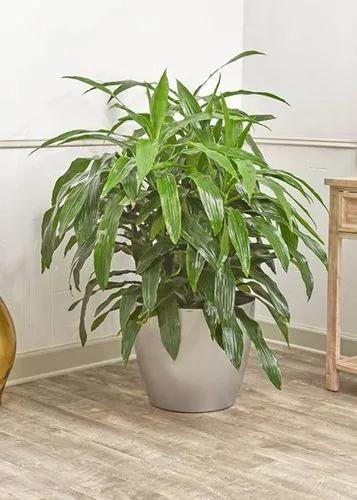Dombeya wallichii is a flowering shrub of the family Malvaceae known by the common names pinkball, pink ball tree, and tropical hydrangea. Its native range includes India, East Africa, and Madagascar. The plant can grow 20 to 30 feet tall and has a spread of up to 25 feet. The alternately arranged leaves are heart-shaped with serrated edges. The hanging flower clusters are pink, showy, and fragrant. This species can be crossed with Dombeya burgessiae to produce the hybrid Dombeya × cayeuxii.
Pink Ball Tree Care
Dombeya Wallichii



Introduction: Dombeya wallichii - is commonly known as Pink Ball Tree because of the fragrant, showy, clusters of pink ball flowers that hang from the branches during the fall and winter. The flower balls can be 4 - 6 inches across. This is a fast growing small- to medium-size tree or large shrub with attractive large heart shaped velvety leaves. As a tree it can grow from 15-30 feet in height but it can be kept smaller with judicious trimming. The spread can be equal to the height. When the flowers fade, they don't fall off but remain on the plant, first fading to pale pink then light brown. Dombeya wallichii does not lose its leaves in the winter. It performs best in full sun or partial shade with moderate water during the growing season. This is a very showy plant for the winter months since the large pink ball blossoms last for months starting at the beginning of the year. History: Dombeya wallichii originates from India, East Africa and Madagascar. The genus Dombeya is named after Joseph Dombey, an 18th-century French botanist, doctor, and explorer. Varieties: Dombeya wallichii and a hybrid of D. wallichii crossed with D. burgessiae that is called Dombeya. x cayeuxii are often confused as D. wallichii. The two are very similar but differ in that D. x cayeuxii has three lobed leaves. Landscape Use and Planting: It is used primarily as a specimen plant for its large, showy, winter flowers and attractive foliage. The roots are not invasive, so it can be planted close to a building or in a patio.
How to Care for the Plant

Popularity

10 people already have this plant 8 people have added this plant to their wishlists
Discover more plants with the list below
Popular articles






